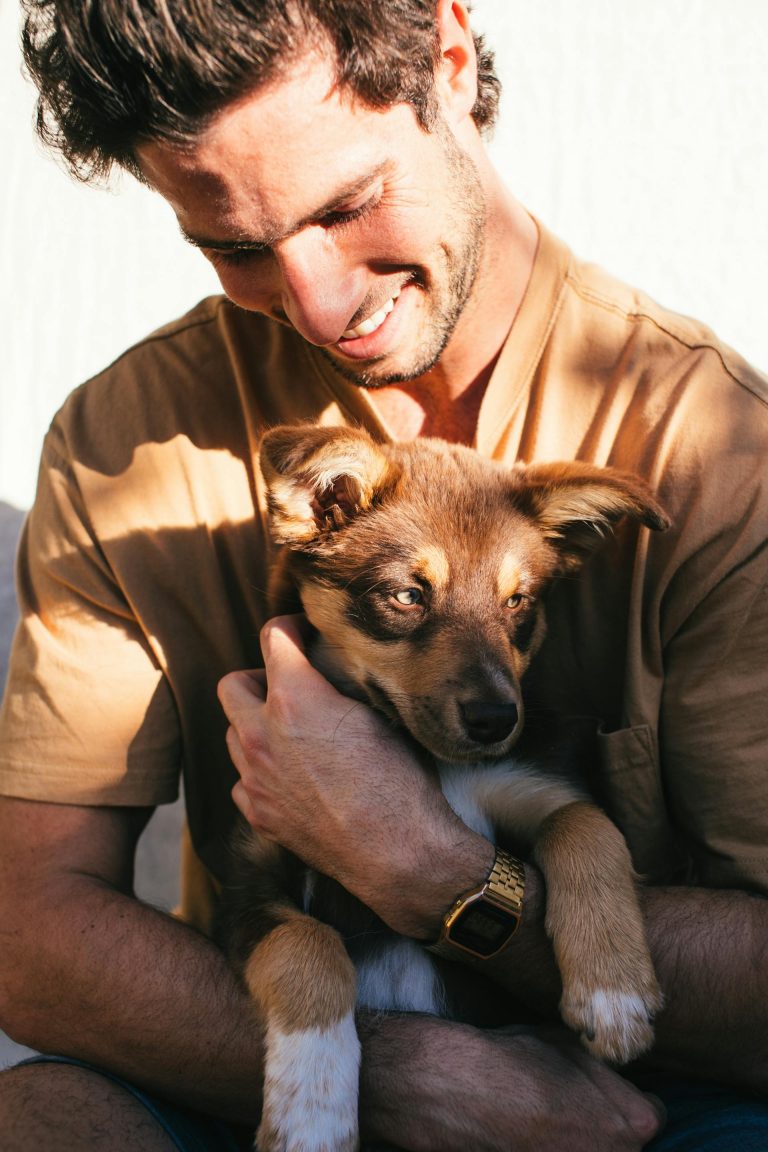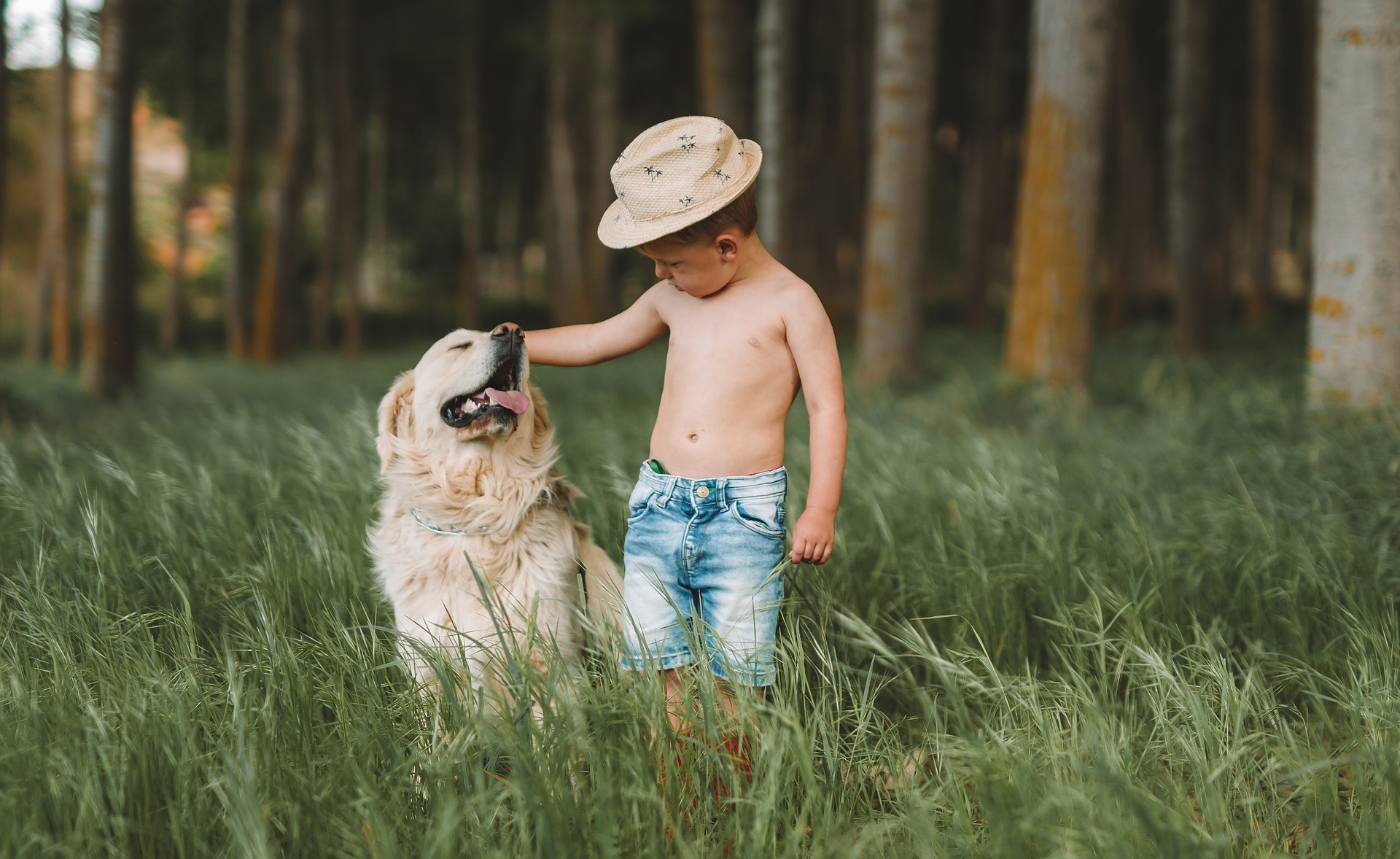Have you ever heard someone say “My dog is my fur baby”? I cannot lie, I have talked in such a manner for my puppy as well. I love Milo. He has been by my side for 7 years. But while talking to your dog as a child is adorable, we have to debunk the myth that dogs are children in furry coats.
Yes, there are some similarities between raising a dog and raising a child. Owning a dog can prepare you somewhat for what comes with a child.
But the reality is that these two things are worlds apart. And if you understand the differences, you can be a responsible dog owner and parent. After all, we want responsible owners, right?
Common Misconceptions about Dogs and Children
Let’s go over some of the misconceptions and debunk them one by one!
Myth – Dogs have the same emotional complexity as children
Yes, dogs feel and display emotions. And while dogs can experience emotions, their emotional range is rather basic. Dogs can feel joy, fear, anger, and sadness. But they cannot experience things like guilt or long-term resentment.
Yes, they might have a negative association with a place, person, or anything in between. But a puppy’s emotions are usually tied to immediate needs and experiences. For example, hunger, play, or separation anxiety.
Myth – Dogs need constant attention and entertainment
Anyone who has had a dog and a child knows this is NOT true. Dogs spend most of the day sleeping. You take your dog for a walk, feed him, play with him a bit, and he will go lie in his bed afterward. Do the same with a child, and you are spending the next three hours coloring, working with a dough, or something else.
Dogs need a balance of social interaction, physical activity, and mental stimulation. And then, they rest. Dogs sleep between 16 and 20 hours per day. Have you seen a baby sleep for 20 hours? I have not!
Myth – Disciplining a dog is like punishing a child
We are past the punishment training method many used with dogs some 20+ years ago. Nowadays, it is all about positive reinforcement. Yes, the same positive reinforcement training method works with children and dogs.
But you can easily bribe a dog with a couple of treats. Children are not that easy to bribe. Raising a well-mannered child is much more complex than raising a dog.
Myth – A dog can replace a child in the family
This has been a trendy topic in the past several years. Older families that fail to conceive, or people over 60+ years old who are lonely get a dog to bring some joy.
But while both dogs and kids bring joy to the family, they fulfill different roles. Dogs offer unconditional love and companionship. Yet, they will never replace the complex emotional and intellectual connection people share with their children.
Each of these two relationships is unique and brings its own rewards. Do not favor one over the other!
Key Differences between Children and Dogs
We talked about some common myths. Now let’s see what some key differences between children and puppies are.
- Communication: Dogs communicate through body language (tail wags, ear position, posture) and vocalizations (barks, growls, whines). While they can learn to understand some human words and commands, their have limited ability to express complex ideas. Children, develop sophisticated language skills, allowing for nuanced communication and emotional expression.
- Cognitive Ability: Children’s brains undergo rapid development, enabling them to learn, reason, and solve problems in complex ways. Dogs have a more limited cognitive capacity, focusing on immediate needs and basic problem-solving skills. While they can learn tricks and commands, their intellectual abilities are not comparable to those of humans.
- Lifespan: Dogs have shorter lifespans than humans, living 10-15 years, depending on breed and size. This shorter lifespan impacts the way we care for them, requiring different considerations for health, nutrition, and end-of-life decisions. Children, of course, have much longer lifespans, requiring long-term planning for education, careers, and relationships.
- Social Needs: Dogs are pack animals who thrive on social interaction with both humans and other dogs. They need companionship, play, and guidance to feel secure and fulfilled. Children also have strong social needs, but these needs evolve as they grow. While young children may be content with play and affection, older children seek deeper connections, emotional support, and intellectual stimulation.
How to be a responsible pet owner?
Only someone who understands the differences between children and dogs can be a responsible pet owner. I am sick and tired of hearing pet parents saying “Raising a dog is more rewarding” or “easier”. Or saying things like “Children would never do this or that”.
Or when it comes to bringing Fido to a restaurant, saying how dogs are polite and well-mannered, while kids can scream and wreak havoc.
If you want to be successful in pet parenting, and parenting in general, you need to understand the differences. And then, trying to meet the unique meets of your child and your furry child.
Training and socialization are important for both children and dogs. Yet, they have unique needs for socialization and training.
Loving a dog is rewarding. I can tell you firsthand. I love everything that Milo brings to my household. I’ve broken up relationships because some were not tolerant of him, or neglected his needs. But I will never say owning Milo is the same as having a child.
Final Words
Don’t miss out on the joys and challenges of dog ownership and parenting! It is fine to love your dog. But it doesn’t mean you should consider him the only family you would want to have. If you want to know more about dog ownership, training, and behavior, join me on my blog as we explore the fascinating world of canine companions.










